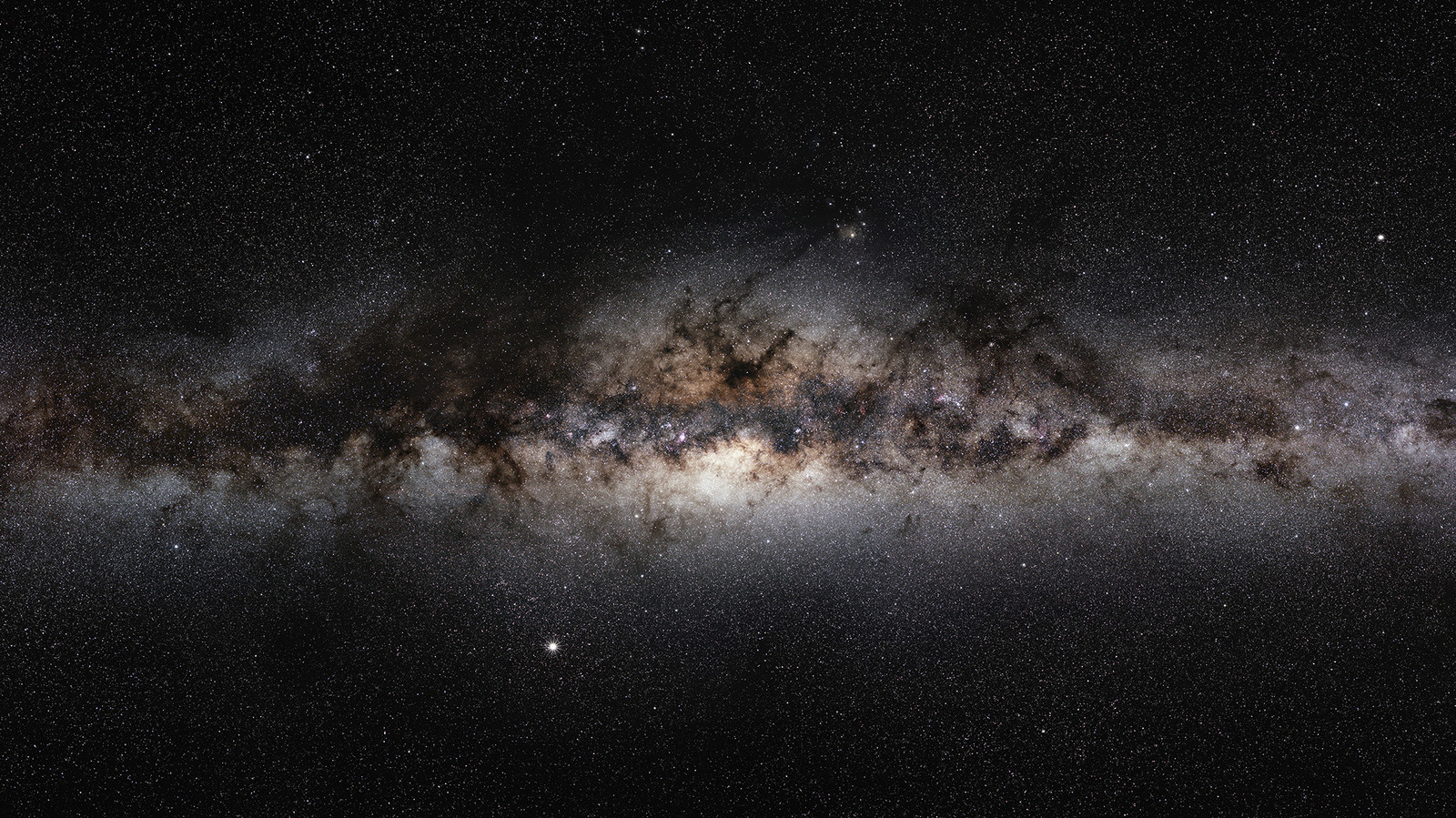
The modeling system helped scientists create a graveyard of ancient stars that once irradiated the Milky Way, but in doing so, a few more surprises were spotted. First, the puffed-up shape of the cosmic marble town is nowhere similar to the majestic spiral-arm look of the Milky Way. Instead, it resembles a halo around the galaxy. But this is apparently just the beginning.
Going by statistical predictions, the nearest neutron star from this galactic graveyard could be just about 62 light-years away, while a black hole might be as close as 68 light-years. As for the mass figures, the cemetery only accounts for approximately 1% of the Milky Way galaxy’s total estimated mass. Another interesting revelation from the study is that nearly a third of the stellar remains have been pushed far away from the confines of the Milky Way galaxy.
This ejection from their home galaxy served as a reminder that cosmic kicks are more powerful than previously thought, and enough to push a massive body away from the gravitational pull in its star cluster and mother galaxy. Interestingly, active stars can also get cast away from their parent galaxy. In 2006, Harvard experts discovered a pair of castaway stars speeding away from the Milky Way at a pace of over 1 million miles per hour. This ejection can be gravitational or might come courtesy of a supernova kick, but there are a lot of stars out there living in intergalactic space.
Stay connected with us on social media platform for instant update click here to join our Twitter, & Facebook
We are now on Telegram. Click here to join our channel (@TechiUpdate) and stay updated with the latest Technology headlines.
For all the latest Gaming News Click Here
